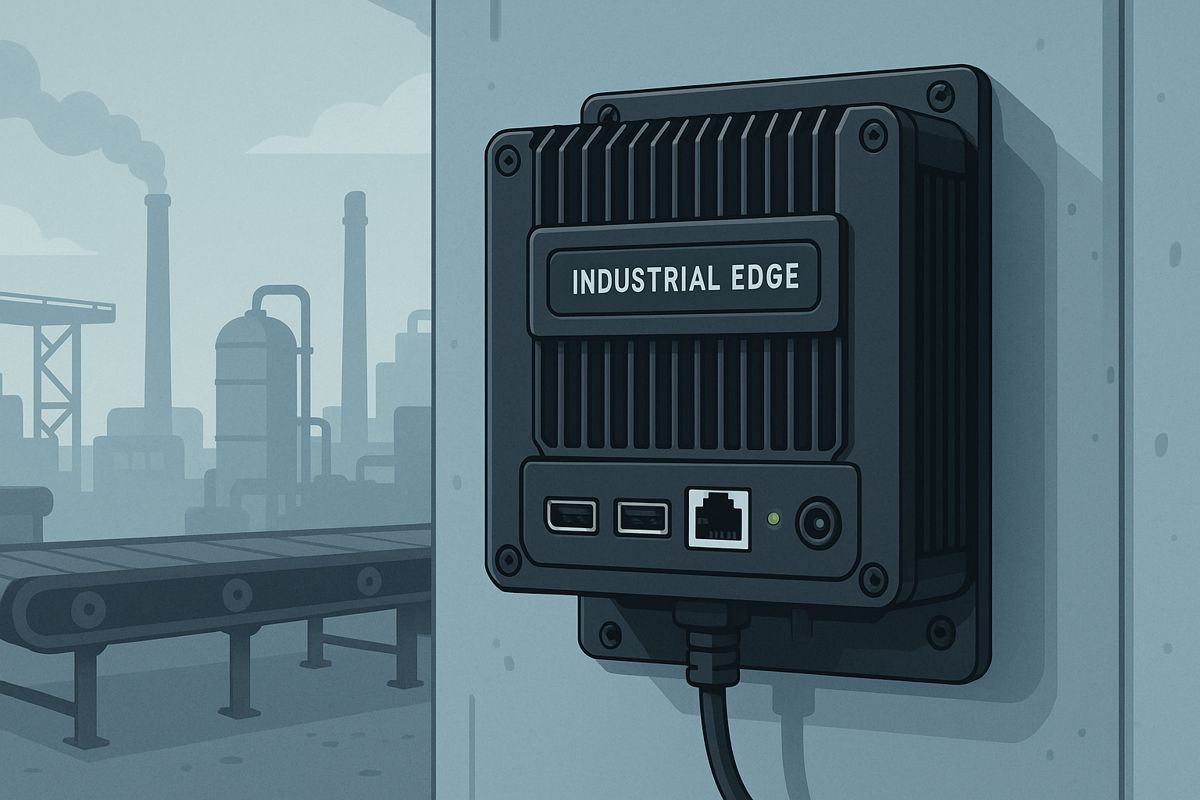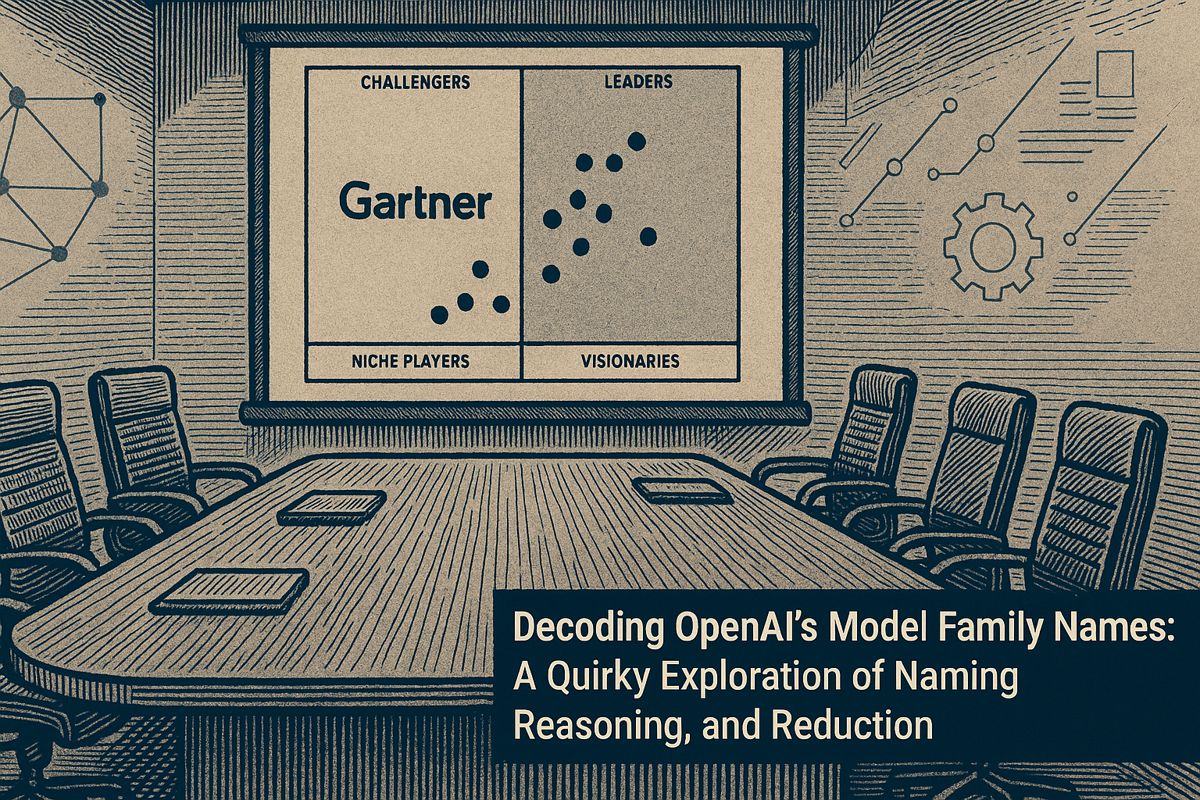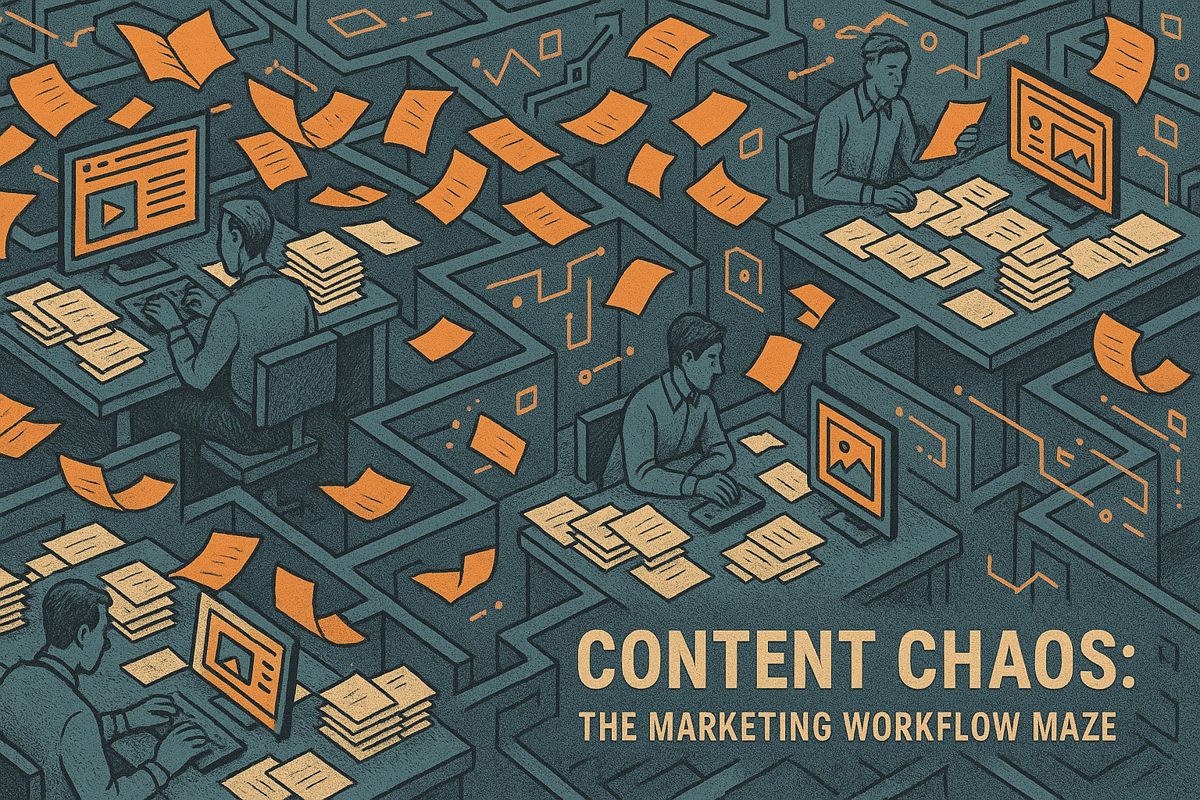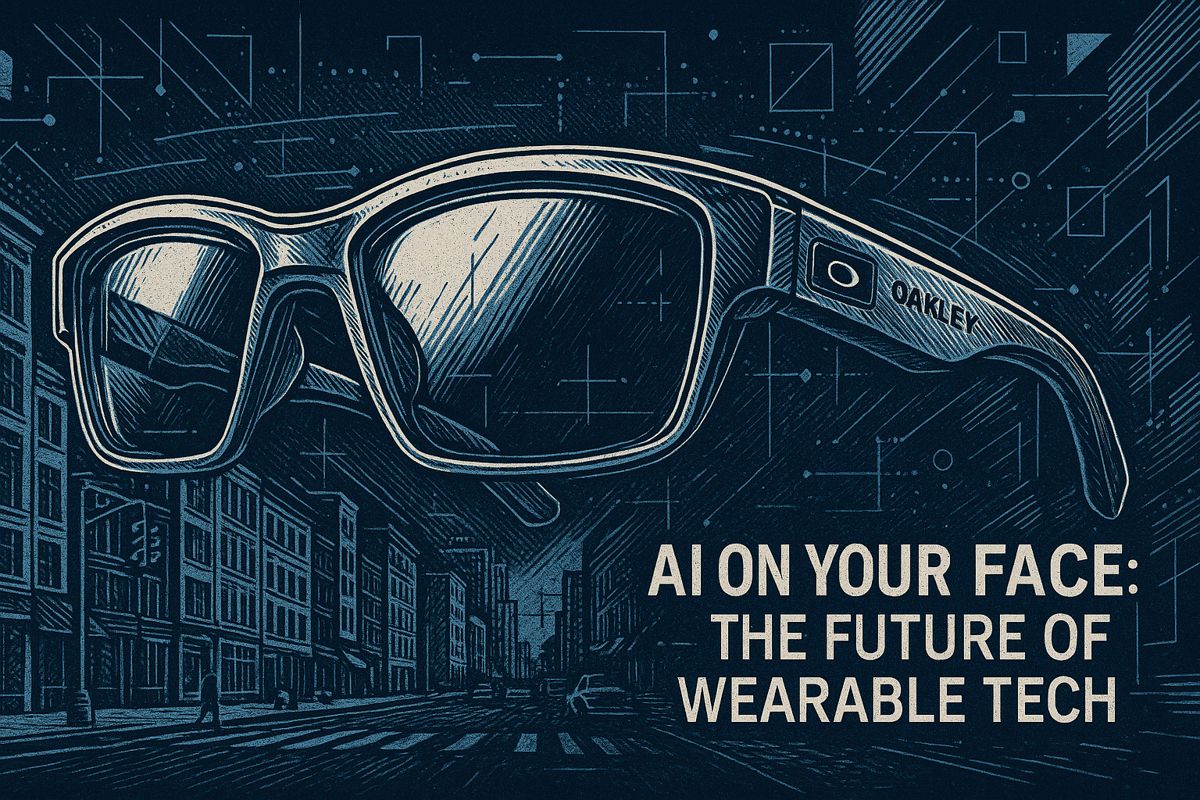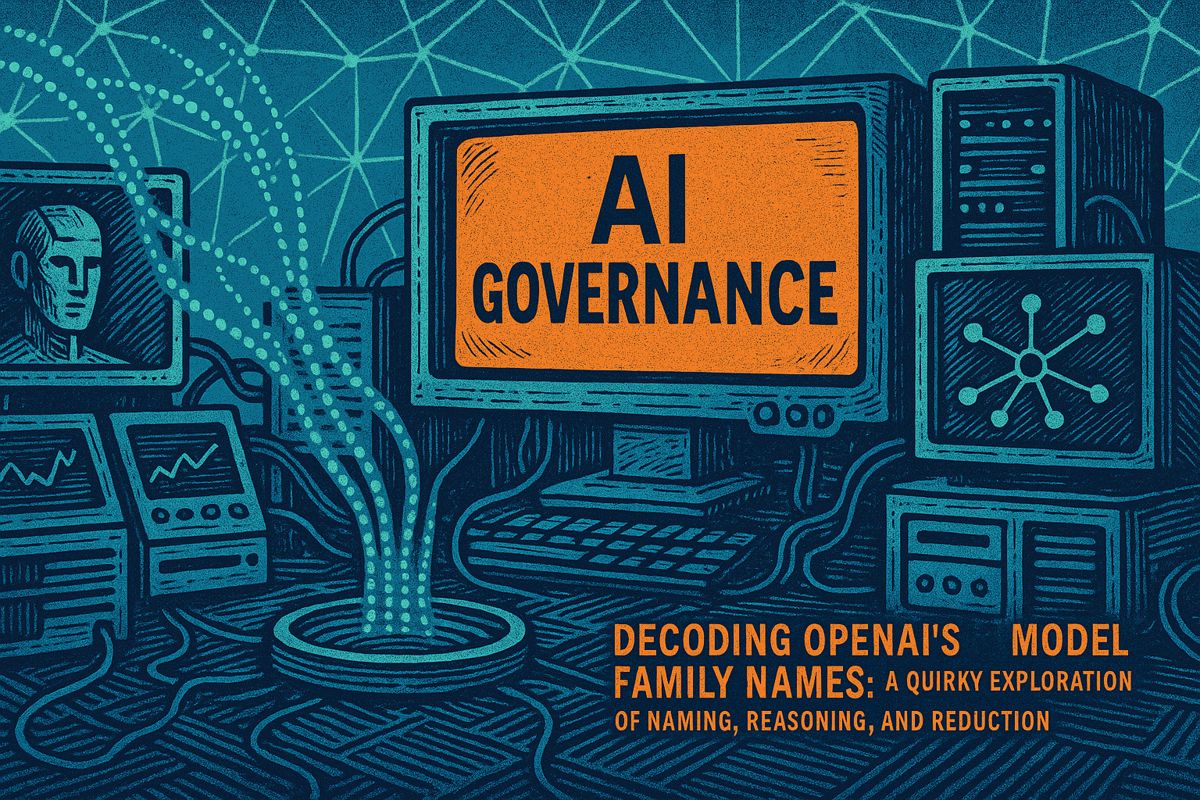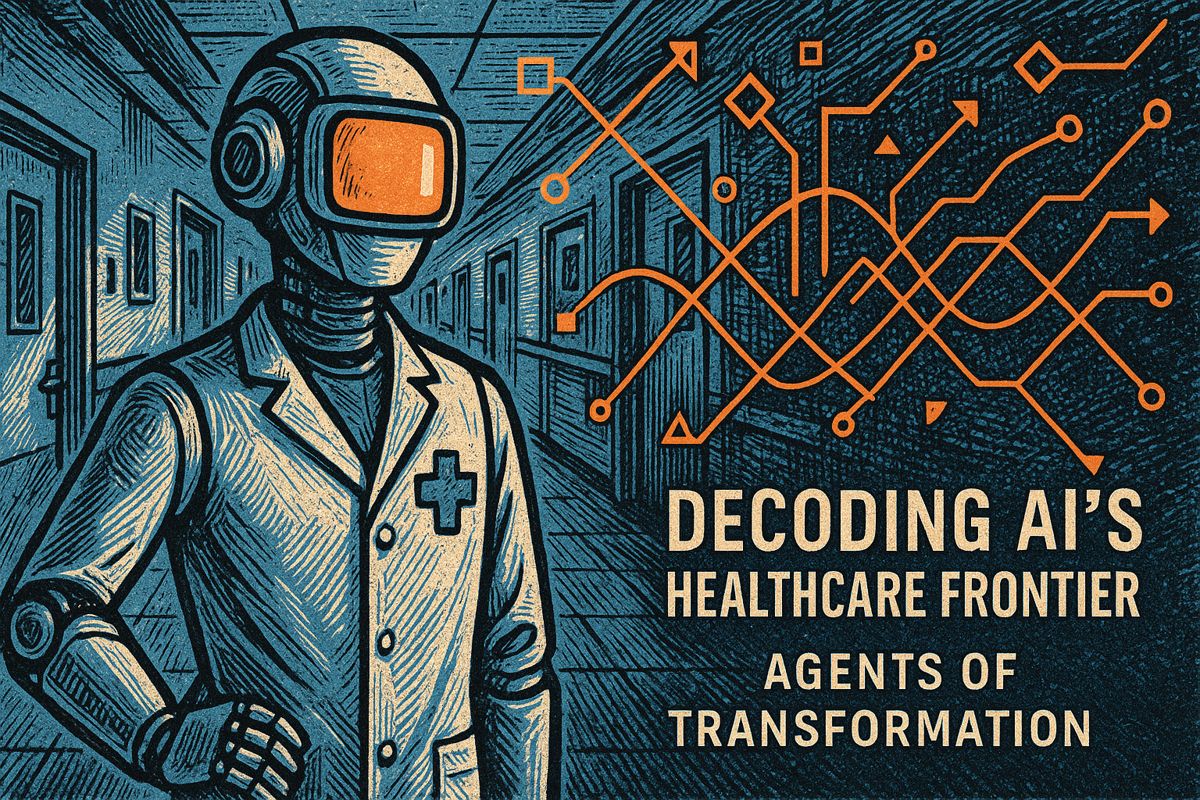Here’s the text with the most important phrase emphasized in markdown bold:
Edge AI is revolutionizing manufacturing by enabling machines to monitor, analyze, and make decisions in real-time directly on factory floors. These intelligent systems can predict maintenance needs, detect quality issues, and improve safety without relying on cloud connectivity, dramatically reducing downtime and operational inefficiencies. By processing data instantly at the source, edge AI acts like a vigilant digital brain, constantly watching and responding to changes in production environments. Sensors and compact AI systems now provide unprecedented insights, transforming traditional manufacturing from reactive to proactive problem-solving. This technology represents a significant leap forward, allowing factories to optimize performance, ensure worker safety, and drive sustainable production with unprecedented precision and speed.
What is Edge AI and How is it Transforming Manufacturing?
Edge AI enables real-time machine monitoring and decision-making directly on factory floors, reducing downtime, improving safety, and optimizing production. By processing data instantly at the source, these intelligent systems can predict maintenance needs, detect quality issues, and enhance operational efficiency without relying on cloud connectivity.
Childhood Echoes and the Rise of Silent Intelligence
It’s uncanny how a single sensory flashback can rewire your understanding of progress. Just last night, as I scrolled through the dense pages of the IEEE Spectrum, I was catapulted back to the heavy, lint-laden air of a textile mill I toured as a child. The silence was palpable – machines inert, operators lingering, the only rhythm the occasional drone of a conveyor belt restarting. “Real time” in those days meant a foreman with a battered clipboard, dashing from loom to loom, collecting data by hand. Fast forward to 2024, and we’re in a different universe: the pulse of the factory isn’t dictated by humans anymore, but by edge AI systems, humming quietly and making split-second decisions right where the action happens.
I keep coming back to Somchai—a plant manager I met in Chonburi whose two watches never agreed. He’d grumble about downtime, citing a 12-hour standstill caused by one overlooked gearbox. His frustration? Perfectly understandable, and frankly, contagious. I remember wondering why the machines couldn’t just shout for help before grinding to a halt. Now, edge AI does exactly that, listening for every anomalous whir and discreetly flagging problems before they spiral out of control.
There’s a strange satisfaction in knowing that the days of frantic guesswork are slowly giving way to precision. Edge AI isn’t just a new toy for IT departments; it’s quietly (maybe even slyly) transforming how factories think and react. I’ll admit, I underestimated how fast this would happen. Lesson learned.
Edge Systems: From Boardroom Buzzword to Production-Line Reality
So what’s really changing on the ground? Let’s banish the notion that “edge” means a dusty relay box lurking in a cupboard. Instead, picture compact, vigilant brains – like field generals – perched at every critical node on the factory floor. No more tedious waits for the cloud to respond. Edge AI crunches numbers right beside the action, snatching insights from the sensory chaos of the assembly line. Imagine a sensor registering a spike in vibration; the AI processes and acts before a human even finishes their coffee. That’s not just efficiency, that’s borderline clairvoyance.
Siemens and Advantech have already embedded these smart sentinels in their manufacturing pipelines. Their edge units do everything from image analysis to real-time safety checks, bypassing the latency curse of centralized systems. You might ask: Isn’t the cloud enough? Not when a fraction of a second can spell disaster (or at least a few thousand baht down the drain). Edge AI keeps working even if the internet goes on vacation – a nontrivial perk in rural Thailand or the heart of Detroit.
Let’s linger on predictive maintenance for a moment. Factories now deploy sensors that feed edge AI a steady diet of pressure, temperature, and vibration data. As XenonStack reports, this approach can slash unplanned outages by over 30% – not a fantasy, but a cold, hard figure. Fewer breakdowns mean more output, less stress, and, dare I say it, maybe Somchai can finally trust those machines’ “voices” over his double watches.
Sensing Danger, Ensuring Quality, Saving Green
Workplace safety—let’s not sugarcoat things—has always relied too much on frazzled supervisors and trust. Edge AI, with its digital hawk eyes, now scours live video feeds to confirm every worker’s wearing PPE, or instantly barks an alert when someone strays. These aren’t cold sentinels, but tireless ones; their vigilance doesn’t fade at midnight or after the third coffee. I felt a mild pang of envy at that stamina, to be honest.
Quality control has also leapt forward. The old method? Random samples, crossed fingers, and hope. Now, edge AI inspects each widget as it leaves the production line, flagging defects within milliseconds. Siemens and Rockwell Automation, to name two, are already using this to close the inspection loop – like having a thousand microscopic eyes, none of which blink. There’s something oddly poetic about machines policing their own output, feeding corrections back before mistakes become costly.
And let’s talk sustainability – not the “greenwashing” kind, but the numbers-obsessed variety. Edge AI constantly tracks energy usage, trims waste, and fine-tunes processes in real time. Some factories now balance microgrids, weaving solar and wind into their energy mix, with AI orchestrating every watt and joule. The first time I saw a dashboard mapping a plant’s real-time carbon footprint, I felt a jolt of optimism. Maybe, just maybe, the cost of being “green” is dropping below the cost of being careless.
The Edge Is Already Here: Lessons for Today’s Factories
If you still picture industrial AI as some distant, cloud-bound oracle, it’s time to trade in that daydream for something tangible. The edge is here, humming beneath fluorescent lights, catching problems in real time, dispensing wisdom at the speed of thought. It’s as if the factory has grown a second, faster brain – one immune to distraction and, mercifully, network outages.
But will human intuition ever be obsolete? That’s a tough one. Machines can crunch numbers, predict failures, and optimize at speeds that leave us in the dust, but there’s still a place for gut feeling and experience. Or so I tell myself, anyway.
To Somchai and every manager who ever glared at an unresponsive gauge: your machines are finally talking. And, shockingly, they sound pretty smart these days.
Curious how all this will ripple outward? Me too…

